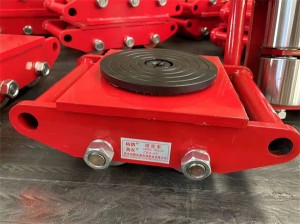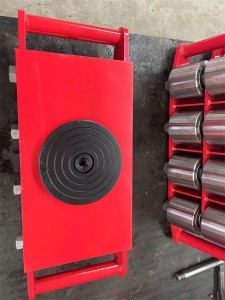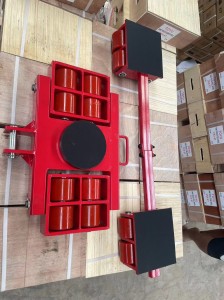There are several different types of machine skates available, each designed for specific applications and load capacities. Here are some common types:
Roller Skates: Roller skates are the most basic type of machine skates. They consist of a flat platform with multiple load-bearing rollers underneath. Roller skates are typically used for moving heavy loads in a straight line or along a predefined path.
Swivel Skates: Swivel skates, also known as steerable skates or directional skates, have a swiveling mechanism that allows them to change direction while moving. They are useful for maneuvering loads in tight spaces or around obstacles.
Compact Skates: Compact skates are designed to have a low profile and a small footprint. They are ideal for moving heavy machinery in confined areas with limited space.
Machine Skates with Handles: Some machine skates are equipped with handles or steering bars, making it easier for operators to push, pull, or steer the load. Handles provide better control and maneuverability.
Powered Skates: Powered machine skates, such as electric or hydraulic skates, are equipped with motors that assist in moving heavy loads. They eliminate the need for manual pushing or pulling and can handle larger weights with relative ease.
Air Skates: Air skates, also known as air casters or air bearings, use a cushion of compressed air to lift the load off the ground, reducing friction and allowing for smooth movement. They are particularly suitable for moving extremely heavy loads.
Track-mounted Skates: Track-mounted skates are designed to move along a pre-installed track system. They provide stability, precision, and controlled movement for heavy loads.
It's important to select the appropriate type of machine skates based on the weight, size, and specific requirements of the load you intend to move. Additionally, always follow the manufacturer's instructions and safety guidelines when using machine skates to ensure safe and efficient operations.
Post time: Jan-13-2024







